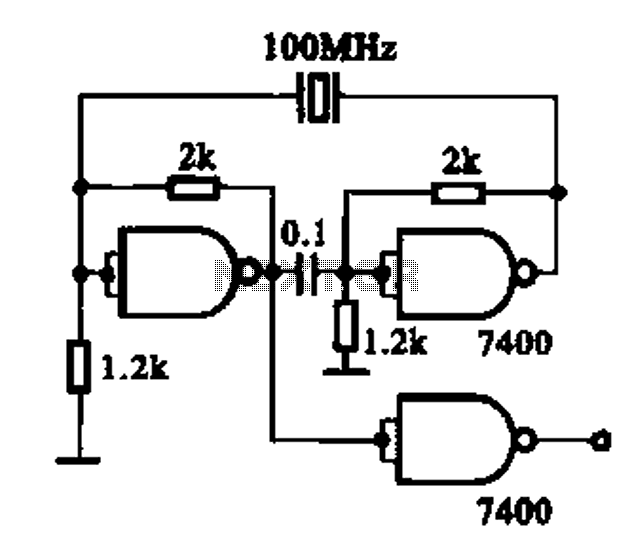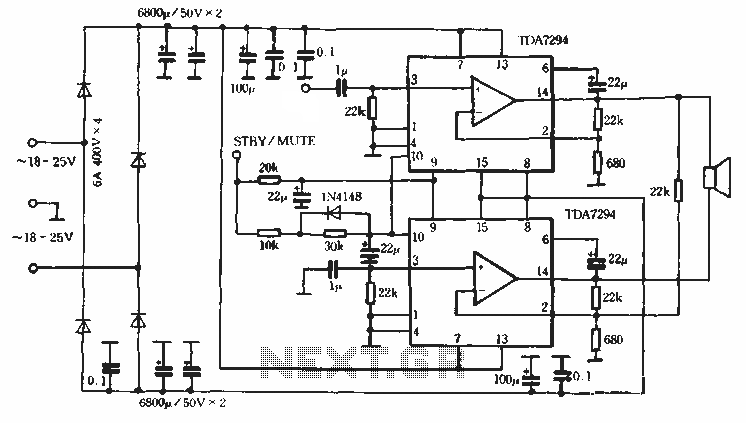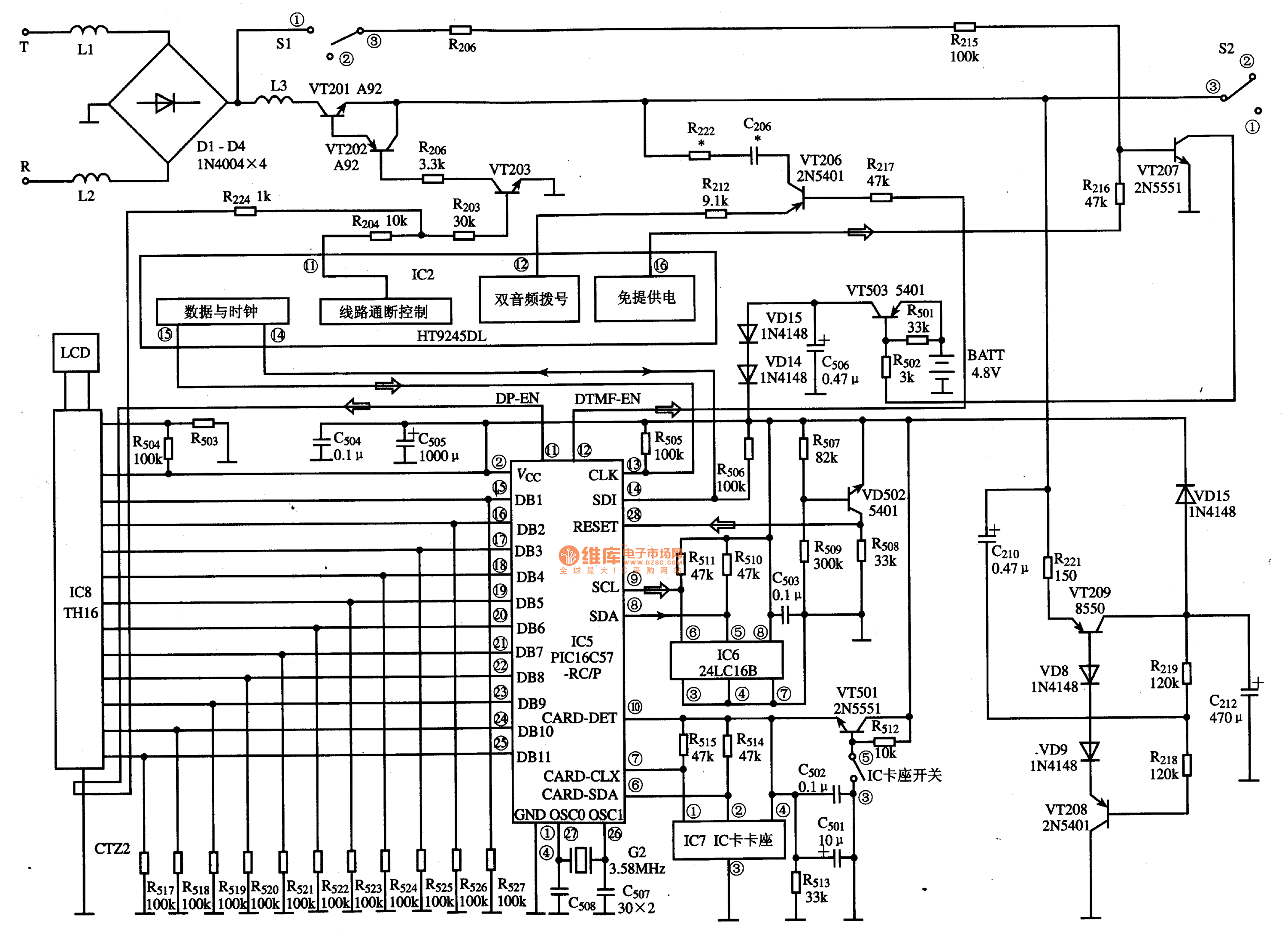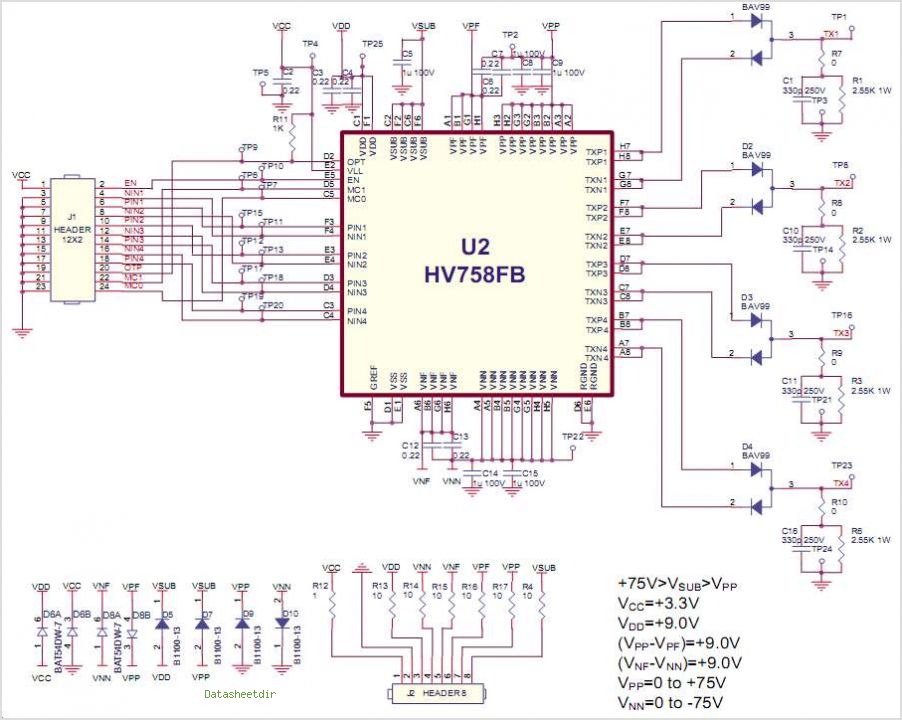
Designing A ?±100v 2a Integrated Ultrasound Pulser With The Supertex Hv732
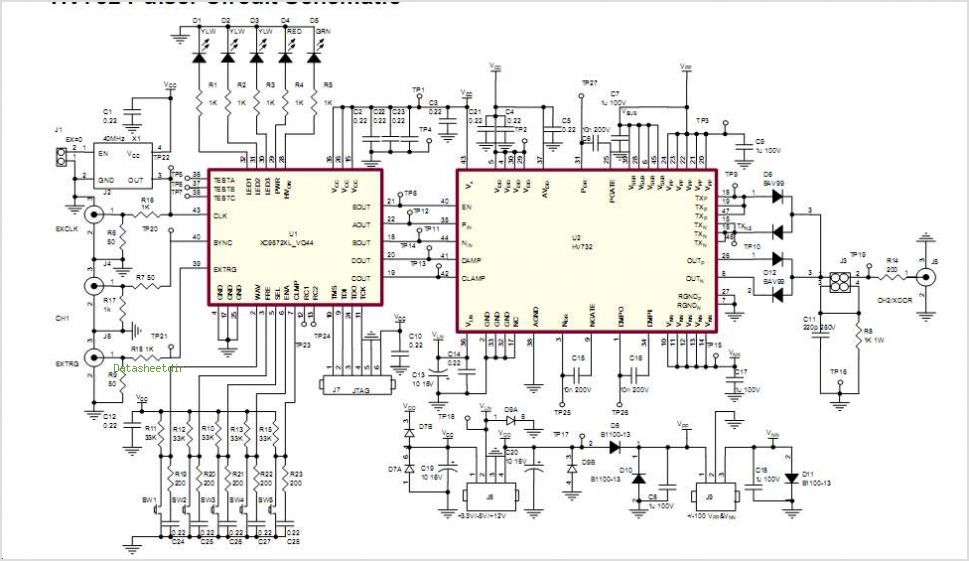
The Supertex HV7370 is a four-channel, high-speed, high-voltage ultrasound transmitter damper, while the HV748 is a four-channel, high-speed, high-voltage ultrasound transmitter pulser. Both integrated circuits (ICs) are intended for medical ultrasound imaging applications and can also be utilized as piezoelectric, capacitive, or MEMS sensors in ultrasonic nondestructive testing and sonar ranger applications. These high-performance CMOS ICs are available in 5x5x0.9mm 32-lead QFN package for the HV7370 and 7x7x0.9mm 48-lead QFN package for the HV748. The HV7370 can also function as a damping circuit when paired with Supertex's HV738 and HV758 pulsers to generate fast return-to-zero waveforms. The frequency limit of the HV7370 can reach up to 20MHz, depending on the load capacitance. The HV7370 comprises four controller logic interface circuits, four level translators, four MOSFET gate drivers, and four pairs of high-current N- and P-channel MOSFETs that form the four push-pull output stages. Each channel's output stage is designed to deliver peak damping currents of ±0.85A with a pulser voltage of up to ±100V (VPP/VNN). The gate drivers of the HV7370 are powered by ±5 to 12V (typically 8.0 to 11V) on the VDN and VDP pins, which are referenced to ground (0V). The output pins of the HV7370 (PD1~4 and ND1~4) can pull down or up to ±100V on capacitive loads charged by the high-voltage pulser channels. However, the VPP and VNN of the HV748 high-voltage pulser on this demo board can only reach ±75V. The damping action of the HV7370 is controlled independently by logic signals IN1 to IN4. Internally, these logic signals manage a direct-coupled low-voltage to high-voltage level translator to switch the output MOSFETs. This direct coupling topology of the gate drivers not only eliminates the need for two high-voltage capacitors per channel but also simplifies the PCB layout.
The HV7370 and HV748 integrated circuits represent advanced solutions for high-voltage ultrasound applications, providing essential functionalities for both damping and pulsing in medical imaging and sensor applications. The architecture of the HV7370 includes a sophisticated arrangement of components designed to optimize performance and efficiency. The four-channel configuration allows for simultaneous operation, making it suitable for complex imaging tasks that require rapid signal processing.
The inclusion of controller logic interface circuits enables precise control over the output stages, allowing for tailored responses to varying operational conditions. The MOSFET gate drivers are critical in managing the switching of the output stages, ensuring that the high currents can be effectively controlled without introducing significant delays or losses.
The push-pull output stages, utilizing high-current N- and P-channel MOSFETs, are engineered to handle the demanding requirements of ultrasound transmission. The ability to produce peak damping currents of up to ±0.85A and voltages of ±100V is essential for generating the necessary ultrasound waves while maintaining signal integrity.
Moreover, the independent control of damping actions through logic signals allows for flexible system integration, accommodating a variety of operational scenarios. This feature, combined with the high-frequency capability of up to 20MHz, positions the HV7370 as a versatile component in both medical and industrial applications.
The careful design of the HV7370 and HV748 ensures that they are not only high-performance devices but also user-friendly in terms of integration and layout. The elimination of high-voltage capacitors through direct coupling enhances reliability and reduces component count, which is advantageous for compact PCB designs. Overall, the HV7370 and HV748 are robust solutions for high-speed, high-voltage ultrasound applications, providing essential capabilities for modern imaging and sensing technologies.The Supertex HV7370 is a four-channel, high speed, high voltage, ultrasound transmitter damper, and the HV748 is a four-channel, high speed, high voltage ultrasound transmitter pulser. Both integrated circuits (ICs) are designed for medical ultrasound imaging applications. They CAN also be used as piezoelectric, capacitive or MEMS Sensors in ultra sonic nondestructive detection and sonar ranger applications. These high performance CMOS ICs are in 5x5x0. 9mm 32- lead QFN HV7370 and 7x7x0. 9mm 48-lead QFN HV748 packages. The HV7370 CAN be also used as a damping circuit with Supertex`s HV738 and HV758 pulsers to generate fast return- to-zero waveforms. Depending upon the load capacitance, the frequency limit of this IC is as high as 20MHz. HV7370 consists of four controller Logic Interface circuits, four level translators, four MOSFET Gate drivers and four pairs of high current N- and P-Channel MOSFETs that serve as the four push-pull output stages.
The output stages of each channel are designed to provide peak damping currents over ±0. 85A with up to ±100V pulser (VPP/VNN) voltage. The HV7370 ½ ½s P- and N-Channel MOSFET Gate drivers are supplied by ±5~12V (typical 8. 0 to 11V) on VDN & VDP pins. The voltages VDN and VDP are referenced to ground (0V). The output pins of the HV7370 (PD1~4 and ND1~4) are able to pull down from or up to ±100V on the capacitive loads, which have been charged by the high voltage pulser channels. However, the VPP and VNN of the HV748 high voltage pulser on this demoboard CAN only go up to ±75V. The damping action of the HV7370 is independently controlled by the damper input Logic signals IN1 to IN4.
Internally the Logic signal controls a direct-coupled low voltage to high voltage lever translator to Switch the output MOSFETs This direct coupling topology of the Gate drivers not only saves two high voltage capacitors per channel, but also makes the PCB layout easier. 🔗 External reference
The HV7370 and HV748 integrated circuits represent advanced solutions for high-voltage ultrasound applications, providing essential functionalities for both damping and pulsing in medical imaging and sensor applications. The architecture of the HV7370 includes a sophisticated arrangement of components designed to optimize performance and efficiency. The four-channel configuration allows for simultaneous operation, making it suitable for complex imaging tasks that require rapid signal processing.
The inclusion of controller logic interface circuits enables precise control over the output stages, allowing for tailored responses to varying operational conditions. The MOSFET gate drivers are critical in managing the switching of the output stages, ensuring that the high currents can be effectively controlled without introducing significant delays or losses.
The push-pull output stages, utilizing high-current N- and P-channel MOSFETs, are engineered to handle the demanding requirements of ultrasound transmission. The ability to produce peak damping currents of up to ±0.85A and voltages of ±100V is essential for generating the necessary ultrasound waves while maintaining signal integrity.
Moreover, the independent control of damping actions through logic signals allows for flexible system integration, accommodating a variety of operational scenarios. This feature, combined with the high-frequency capability of up to 20MHz, positions the HV7370 as a versatile component in both medical and industrial applications.
The careful design of the HV7370 and HV748 ensures that they are not only high-performance devices but also user-friendly in terms of integration and layout. The elimination of high-voltage capacitors through direct coupling enhances reliability and reduces component count, which is advantageous for compact PCB designs. Overall, the HV7370 and HV748 are robust solutions for high-speed, high-voltage ultrasound applications, providing essential capabilities for modern imaging and sensing technologies.The Supertex HV7370 is a four-channel, high speed, high voltage, ultrasound transmitter damper, and the HV748 is a four-channel, high speed, high voltage ultrasound transmitter pulser. Both integrated circuits (ICs) are designed for medical ultrasound imaging applications. They CAN also be used as piezoelectric, capacitive or MEMS Sensors in ultra sonic nondestructive detection and sonar ranger applications. These high performance CMOS ICs are in 5x5x0. 9mm 32- lead QFN HV7370 and 7x7x0. 9mm 48-lead QFN HV748 packages. The HV7370 CAN be also used as a damping circuit with Supertex`s HV738 and HV758 pulsers to generate fast return- to-zero waveforms. Depending upon the load capacitance, the frequency limit of this IC is as high as 20MHz. HV7370 consists of four controller Logic Interface circuits, four level translators, four MOSFET Gate drivers and four pairs of high current N- and P-Channel MOSFETs that serve as the four push-pull output stages.
The output stages of each channel are designed to provide peak damping currents over ±0. 85A with up to ±100V pulser (VPP/VNN) voltage. The HV7370 ½ ½s P- and N-Channel MOSFET Gate drivers are supplied by ±5~12V (typical 8. 0 to 11V) on VDN & VDP pins. The voltages VDN and VDP are referenced to ground (0V). The output pins of the HV7370 (PD1~4 and ND1~4) are able to pull down from or up to ±100V on the capacitive loads, which have been charged by the high voltage pulser channels. However, the VPP and VNN of the HV748 high voltage pulser on this demoboard CAN only go up to ±75V. The damping action of the HV7370 is independently controlled by the damper input Logic signals IN1 to IN4.
Internally the Logic signal controls a direct-coupled low voltage to high voltage lever translator to Switch the output MOSFETs This direct coupling topology of the Gate drivers not only saves two high voltage capacitors per channel, but also makes the PCB layout easier. 🔗 External reference
